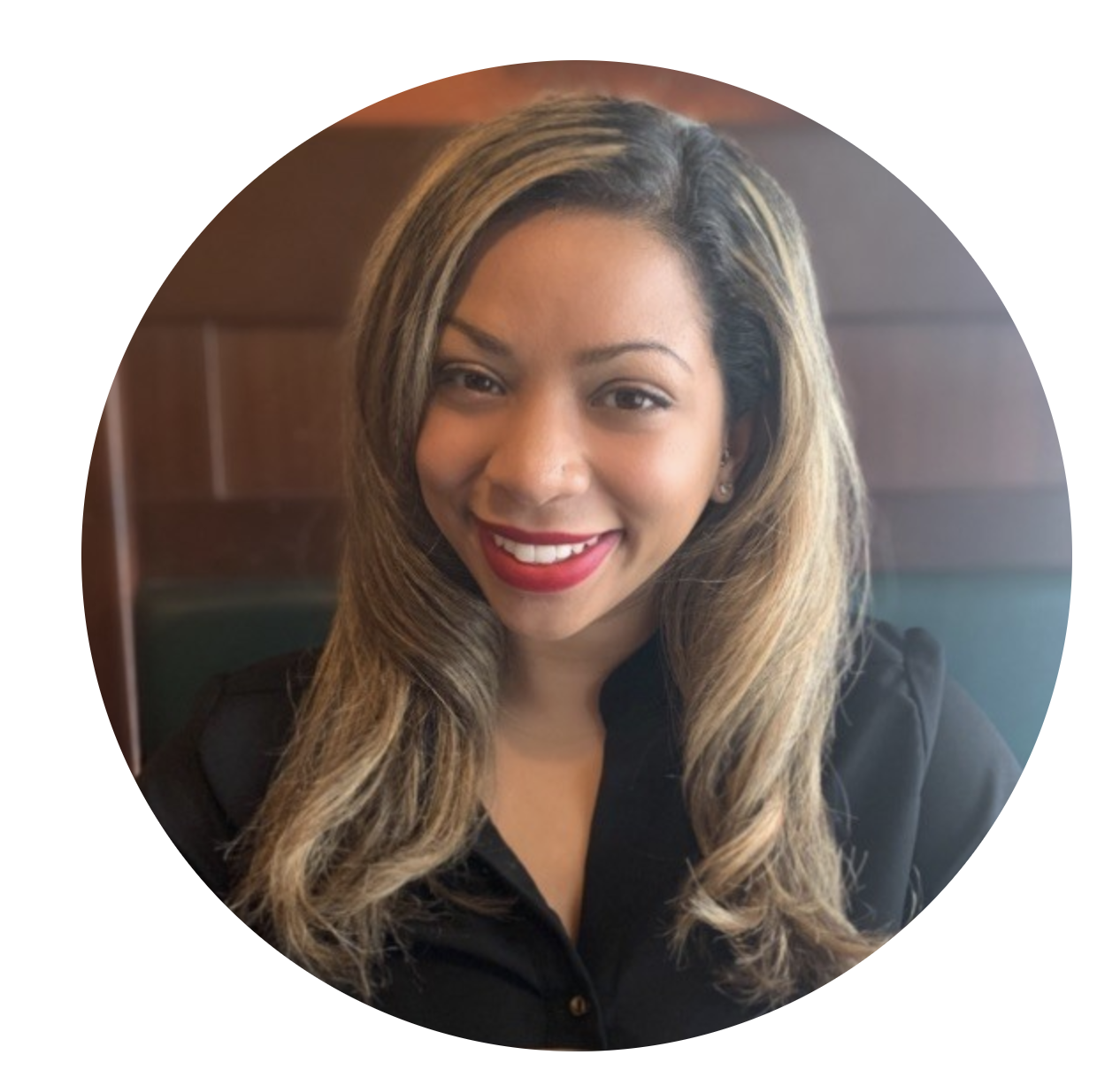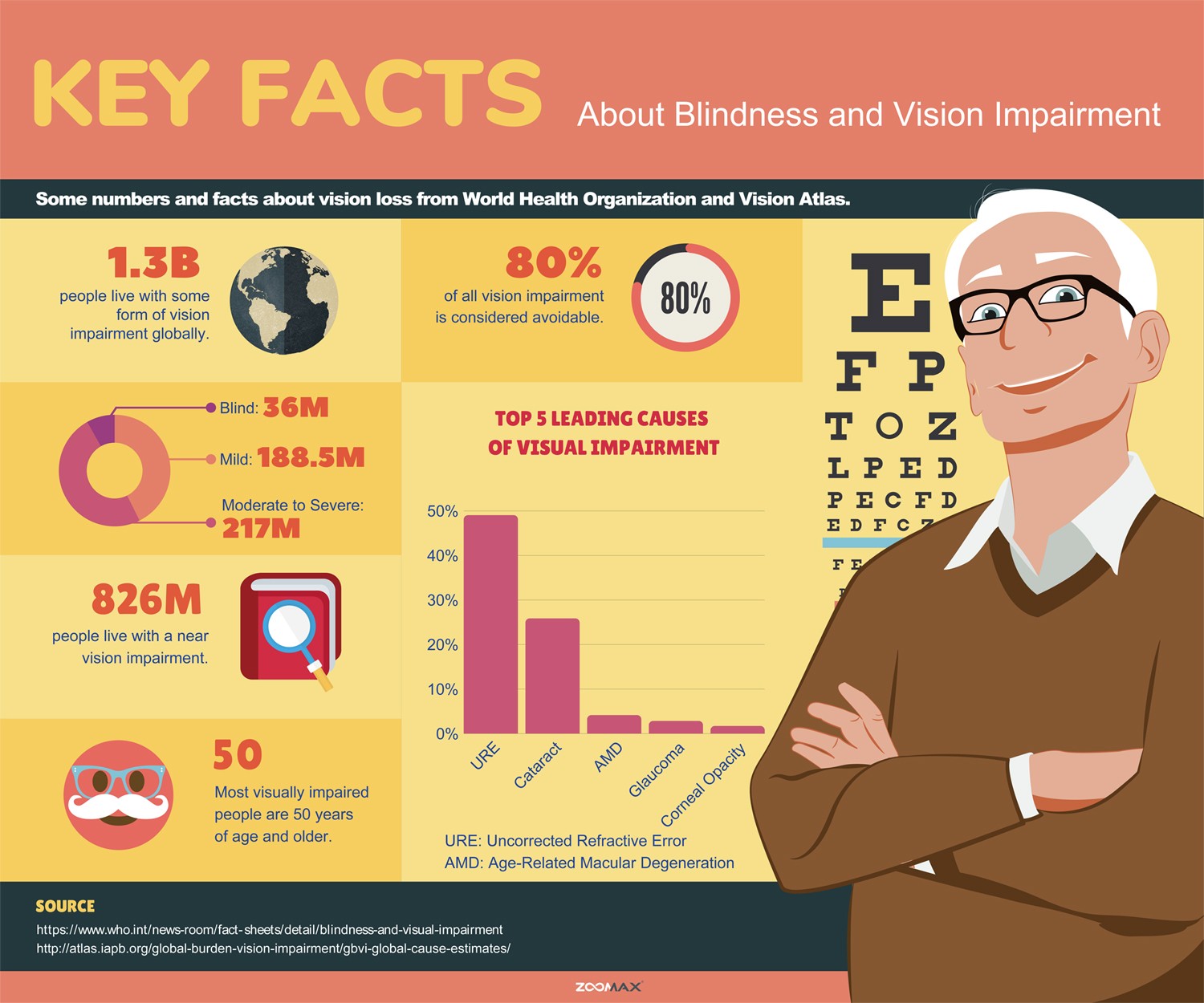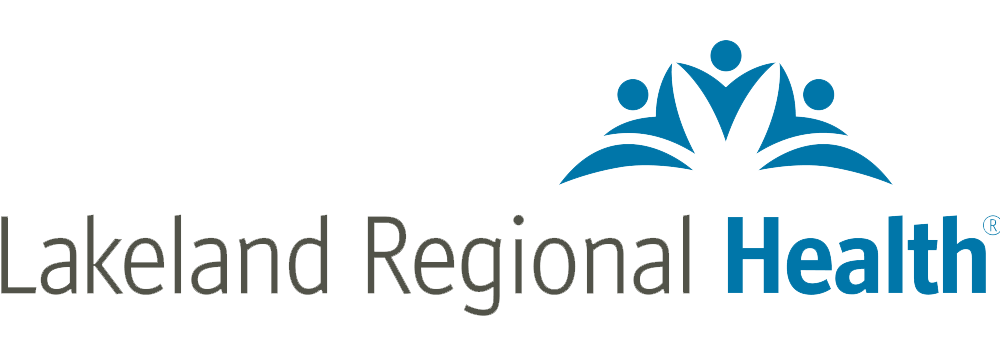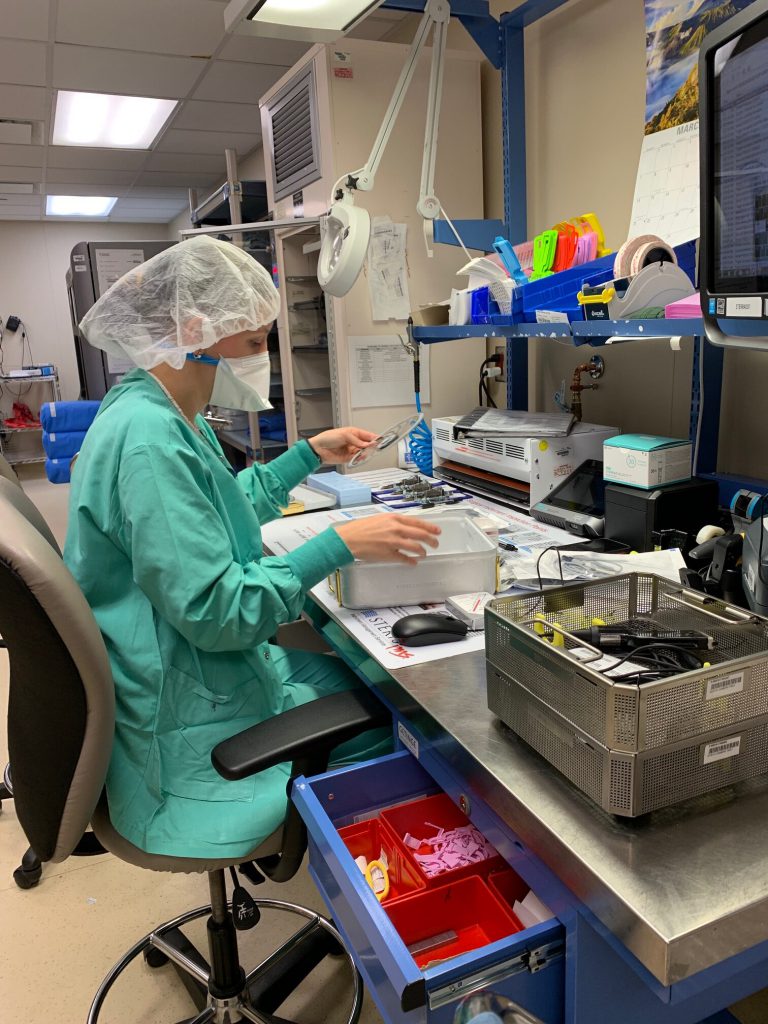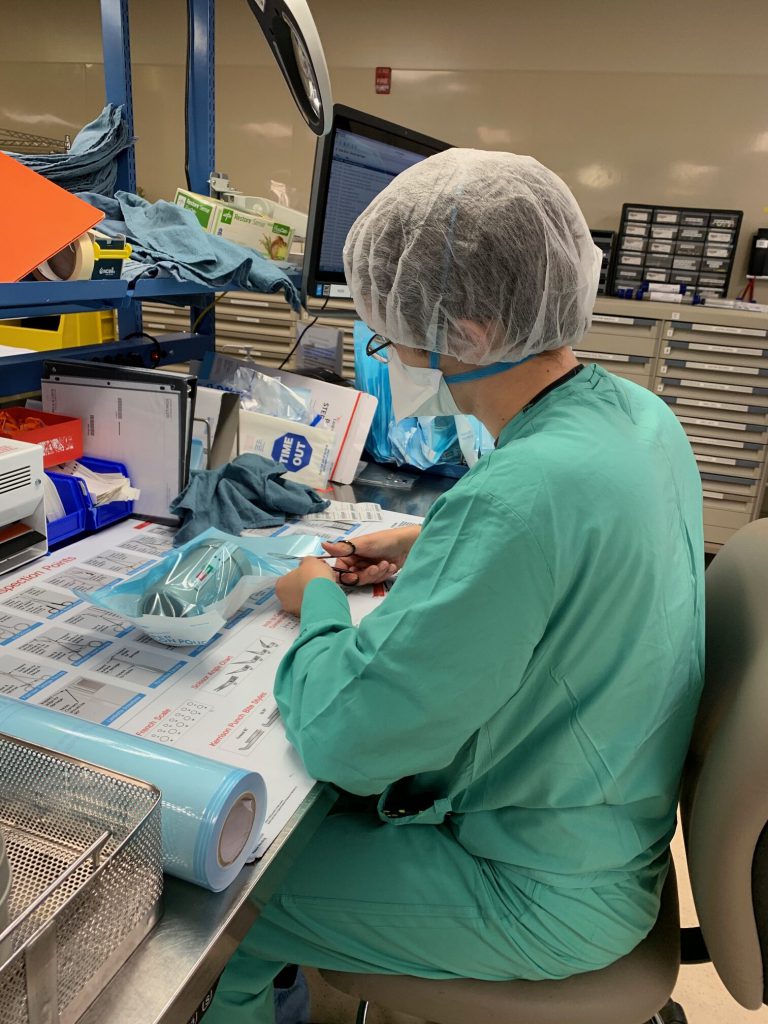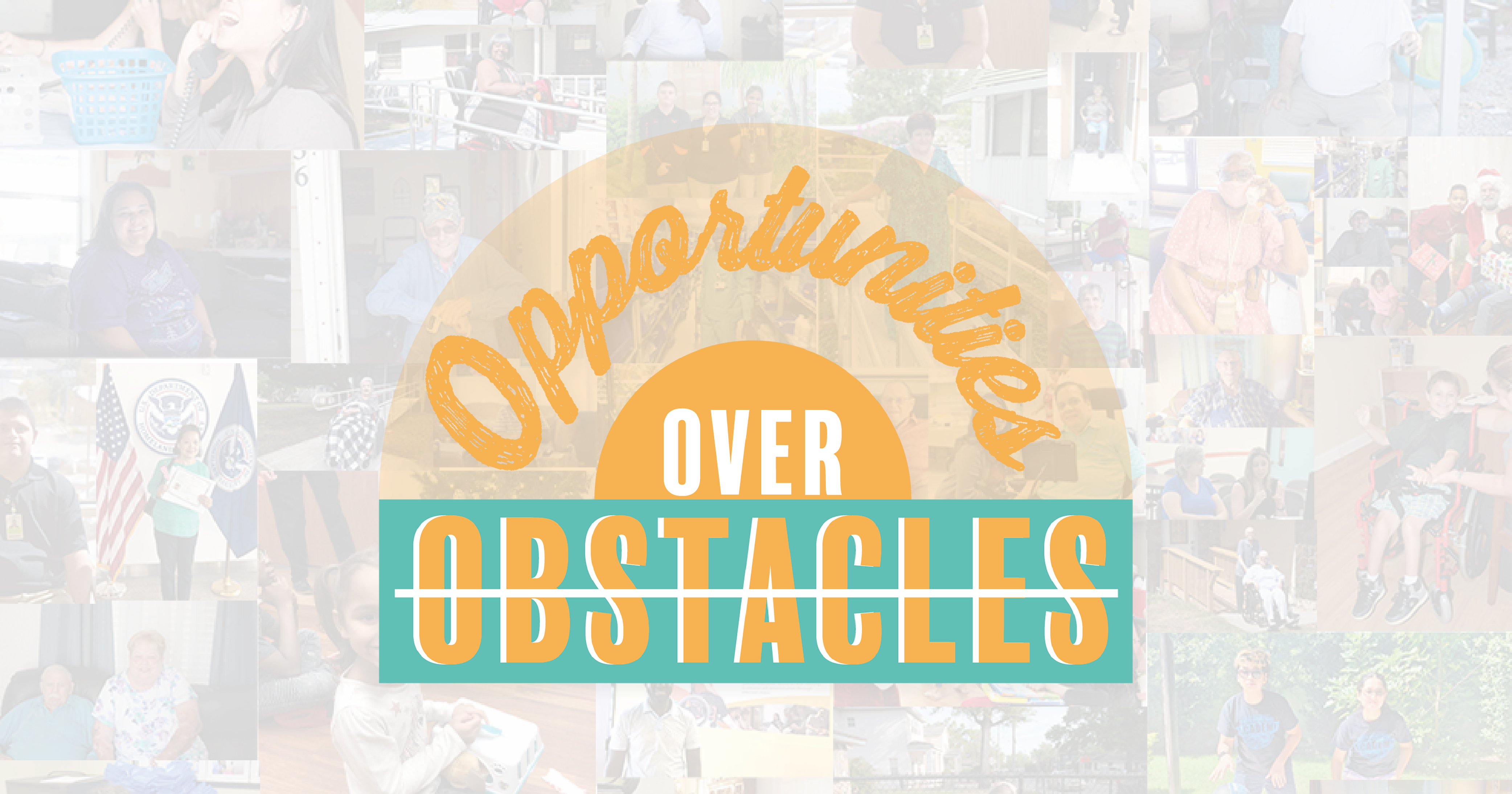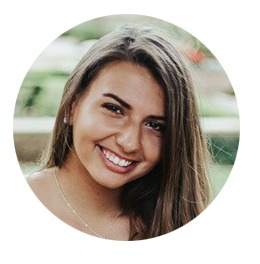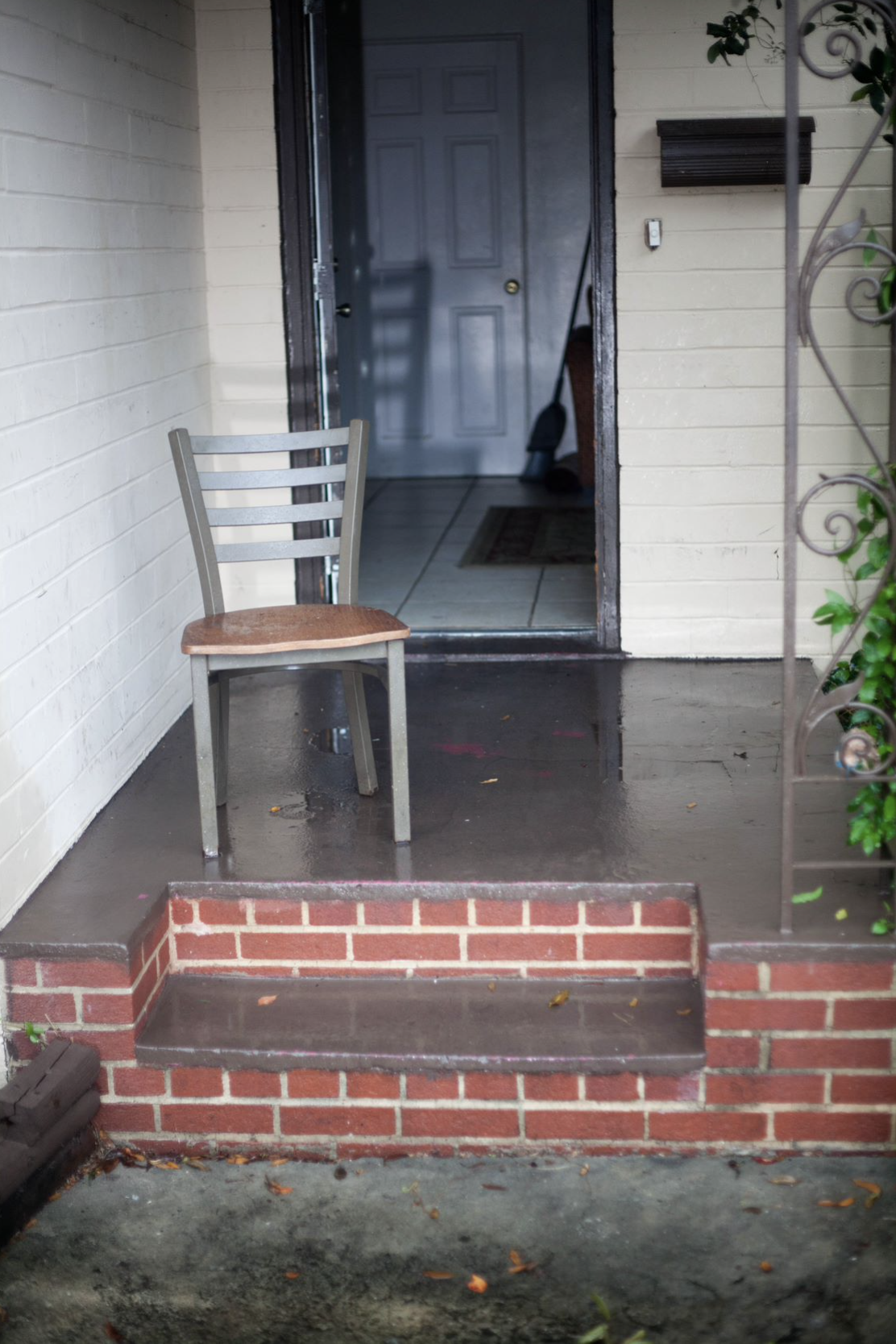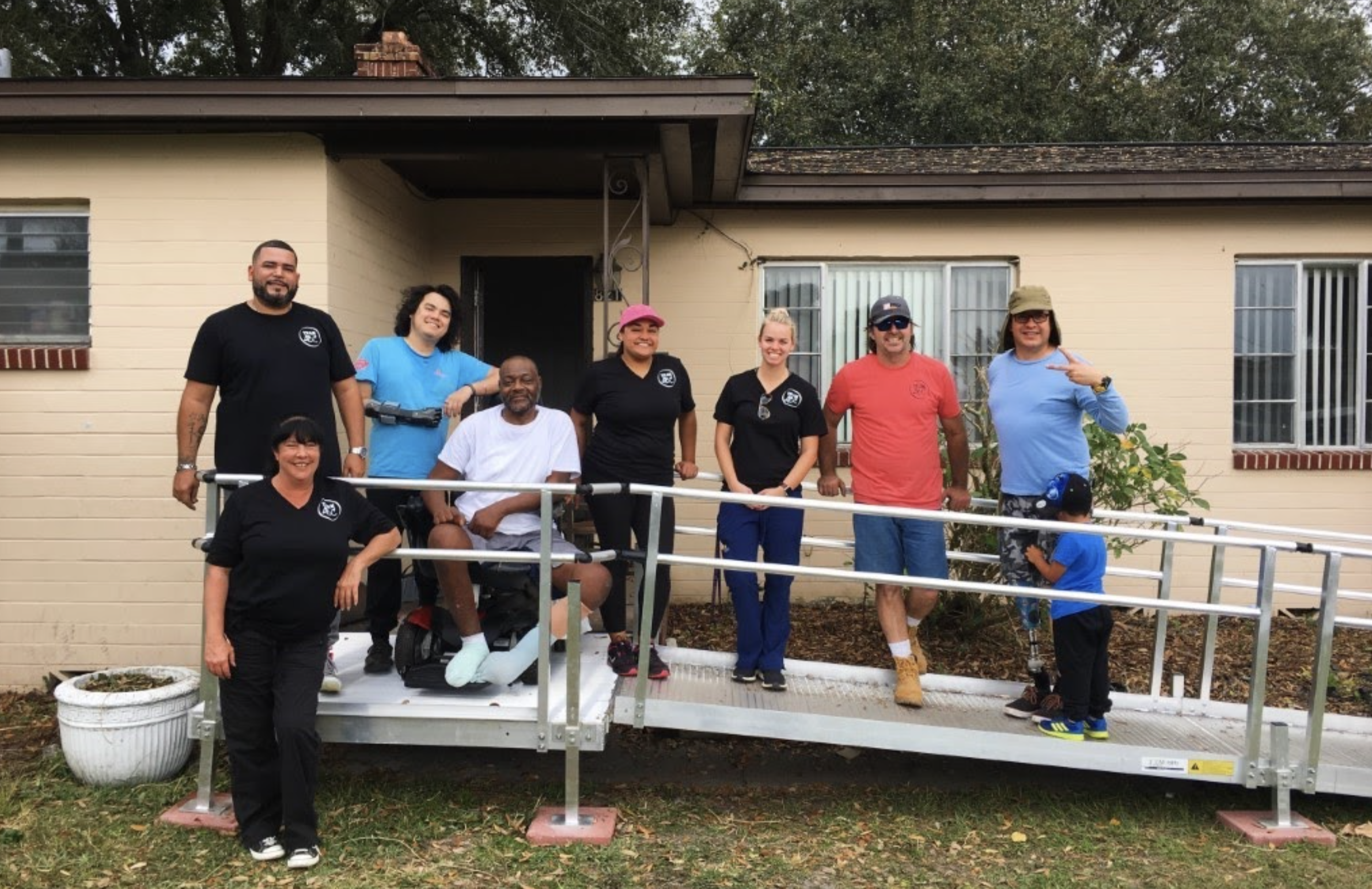By Matthew Louis LaGassa Published April 20, 2023
Reviewed by Victoria Wells
About the Author:
Matthew Louis LaGassa (born March 2002) was diagnosed Autistic when he was two years old, and has always thought of his neurodivergency as a core part of his identity. Outside of his internship here at CIL, he’s a Junior year student at Rollins College, majoring in English and minoring in Writing, with a knack for analytical essay writing. In his spare time, he enjoys reading, videogames, tabletop roleplaying games, and baking.
Language:
Hello readers! It’s me, the intern, Matthew LaGassa again! You may know that April is Autism Awareness Month, but to many of my fellow people on the Autism Spectrum, we prefer Autism Acceptance Month. Autism awareness cannot exist on its own, it must be followed up with Autism acceptance. To spread them both, I’m honored to speak through CIL about my experiences regarding life on the spectrum.
Historically, different terms have been used to describe various manifestations of Autism. The ones I knew the most growing up were High Functioning Autism and Low Functioning Autism. These labels were based on differences in exhibited traits and mental capabilities, with my own Autism classifying me as a High Functioning Autistic. Nowadays, these distinctions are decried by the community at large for their failings to notice the intricacies and factors that can influence our capabilities and mental health daily. Similarly, our community also refuses to use the term Asperger’s Syndrome due to its namesake, the late Hans Asperger, having been a member of the Nazi Regime in Germany.
To quote to my previous article “Do you Know how to Refer to Someone with a Disability”, referring to Autism commonly falls under the two most prevalent disability referral languages: person-first language, which “puts a person before their diagnosis,” and identity-first language, which “leads with a person’s diagnosis.” The phrases that best fit for Autism, are “Person with Autism,” and “Autistic.” Personally, I’ve never been shy about embracing identity first language, as “I’ve always considered my Autism a vital part of who I am,” and I know that there are others in the community who feel the same way, but that doesn’t invalidate those in the community who to prefer person-first language.
All-Mentality:
Let’s address the All-Mentality regarding Autistic Individuals by shining a light on the varied ways Autism presents itself (and doesn’t). When you think of Autism, what traits come to mind? For the more well-read, I’d assume the images of difficulties socializing, preferring to be alone, restrictive interests, and maybe even meltdowns come to mind. Though such traits are well researched as common symptoms, they certainly don’t manifest the same way for many of us, despite many others’ claims. This is the “All Mentality” at work – the mentality that assumes everyone within a certain group shares the same behaviors, interests, skills, or other aspects that can actually vary greatly between people. We see stereotypes all the time in society, especially ones directed towards racial/ethnics minorities, the LGBTQ+ community, and religious denominations. You may have had to confront stereotypes in your own life before because of your position in at least one of these communities, and for Autistics, we certainly have to as well.
One stereotype I had to grow up with, having been diagnoses Autistic very young, was that all autistic individuals were good at math because films like the 1988 comedy-drama Rain Man, propagated this misinformation broadly. I’ve always been a living antithesis of this stereotype; Math is easily my worst subject in school! English has, and always will be, where my proficiencies lie.
Assuming Autistic people all have the same behaviors, difficulties, etc., is never the answer. Autism Spectrum Disorder has the word “Spectrum,” in its name for good reason; there are so many ways Autism can present itself, and we’re all deserving of being treated as equals, free from others’ assumptions of ourselves, and being listened to when we talk about how our Autism impacts our lives.
Do you think you’re autistic?
Now that you’ve learned a little about Autism, we want to ask you, “Do you think you’re Autistic?” I am joined by a CIL Case Manager to lay out a path towards diagnosis for all ages and vouch for it and the accommodations it has given us with our own life stories.
If you’ve spent any amount of time on social media as of late, especially Tik Tok, you’ve probably encountered a post or two about traits or behaviors shared by Autistics, such as sensitivity to sound and touch, a need for routine, preference for bland food, etc., and you may even exhibit some of these traits; though having these traits doesn’t automatically make you autistic, identifying such traits can be a good first step on the way to self-diagnosis. If you want to explore your possible autism further, you can look up the latest definitions of Autism from the latest trusted sources like the fifth edition of the Diagnostic and Statistical Manual for Mental Disorders (DSM V); take the RAADS-R test which was developed as a starting point to getting a diagnosis-you can take this test online and it produces a 97% accurate result; And you can delve deeper into online communities of Autistic people, such as blogs, social media sites, or forums such Autistic Truth or r/autism. Autism can present itself very differently across the gender spectrum, so make sure to look for resources that best match your gender identity.
Once you’ve solidified your self-diagnosis, you may want to start looking into an official one via trusted medical help, typically a psychiatrist, psychologist, neurologist, or potentially a pediatrician. The process can vary greatly between children and adults, but if all goes well, you’ll have an official answer one way or another. Once you do have your diagnosis, it’s time to apply for it and get the accommodations you need to succeed in life, such as at school or work. As we can attest to, recognizing our Autism, and being surrounded by those who do as well has done wonders for our experiences in both our work/academic and personal lives.
CIL Case Manager: Technically, I do not have a formal autism diagnosis. When I was in first or second grade, my mom had me tested for ADD (now under the umbrella term ADHD) and I received that diagnosis. In that time, it didn’t do much other than get me a prescription and an understanding that I would be chronically unorganized. When I was 18, I was told no more medication – that’s only for kids – and best of luck in the world! I went from the age of 18 to 35 with no supports, accommodations, or anything besides the occasional “squirrel!” joke. Then I started learning more about what autism is and what it looked like. What it looked like was a lot like me. I took RAADS-R and scored very high and began looking into accommodations that might help me. My biggest accommodation has been a pair of noise-cancelling headphones that I wear every day. I can still hear conversations, but it blocks a lot of the smaller, irritating noises that stress me out. I now understand that when I feel overwhelmed that I’m not being “crazy”, I’m experiencing a meltdown. At this time in my life, I don’t need an official diagnosis as my current work allows my accommodation, but having a diagnosis earlier in life would have made things much easier.
Matthew: As many of our readers should know by now, I was diagnosed when I was very young, and have been fortunate to have received many helpful tutors and accommodations. As tedious and exhausting as psychoeducational testing was for me, it’s been the cornerstone of the accommodations I appreciate to this day. As a Rollins student, I have preferential seating in the back of my classrooms, so that I’m not distracted by any classmates behind me, but the majority of my accommodations manifest when I take exams. I receive additional time on my exams, as well as a separate room to take said exams in order to help me focus on them; I’m also able to schedule my exams for dates and times different from the syllabi, so that I don’t have multiple exams on the same day, or days close to each-other. Outside of my academic life, I do my best to take care of myself, especially when recognizing if I feel overwhelmed and on the verge of a meltdown. I can reach out to people I trust, like my family or therapists to help me through the worst of it, and I wouldn’t trade my Autism for any other way of life.
For this April to truly be Autism Acceptance Month, acceptance must come in many ways, and using the correct language is one. “Listen to the language we use, recognize how the language you use to refer to us makes us feel, and give us our rightful say in how we want to be referred to. Whether we prefer people-first or identity-first language, listening to us is what truly safeguards our personhood.” Whether you’re neuro-divergent yourself, a neurotypical ally, or pondering your own potential Autism, we at CIL hope you’ve learned a lot and hope you continue learning all about Autism beyond this month. Thank you for reading!
References:
- LaGassa, Matthew (March 3, 2023). “Do you know how to refer to someone with a disability?” Retrieved from: https://cilorlando.org/do-you-know-how-to-refer-to-someone-with-a-disability/

